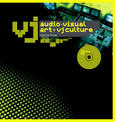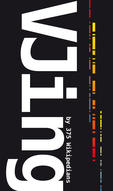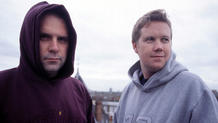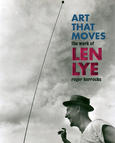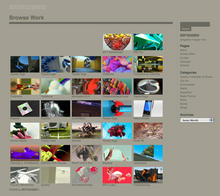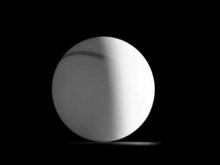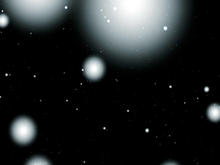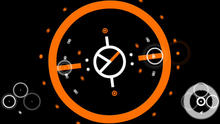That Track 3D
(2004)appears on Hexstatic's 2004 CD/DVD release Master View (ZEN92). This is the anaglyph version. Watch it wearing 3D glasses for the full effect.
"I made this in after effects, it was quite a big undertaking as AE couldnt really cope with the amount of layers needed to create it. I had to simplify it quite a lot as originally the idea was to leave a permanent trail from the beginning that we fly back down at the end like some twisted sculpture. I remember that i had to get Ninjatune to buy me a new G5 just to finish this video alone to complete the album. the video did not appear on the pre release version for the press but i think it was the most impressive of the 3d videos on the DVD.
The thick white line you see traveling along represents the timeline point like you see in a audio sequencer like ableton live/reason where i created the music. it travels along a grid representing bars and 16th notes."
Source: Hexstatic

